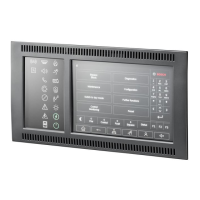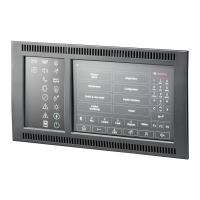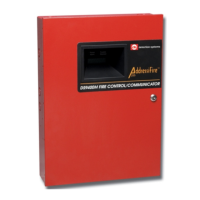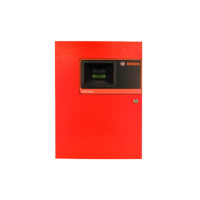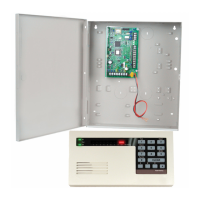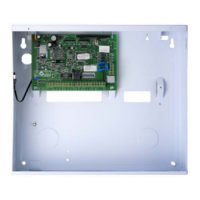Do you have a question about the Bosch AVENAR 8000 and is the answer not in the manual?
| Number of Detectors per Loop | 254 |
|---|---|
| Number of Control Panel per Network | 32 |
| IP Communication | Yes |
| Resolution | 800 x 480 pixels |
| Touchscreen | Yes |
| Operating System | Linux-based |
| Memory | 512 MB RAM, 4 GB Flash |
| Power Supply | 24 V DC |
| Protection Class | IP30 |
| Loop Capacity | 4 loops |
| Connectivity | Ethernet, USB, RS485 |
| Panel Type | Modular fire alarm panel |

